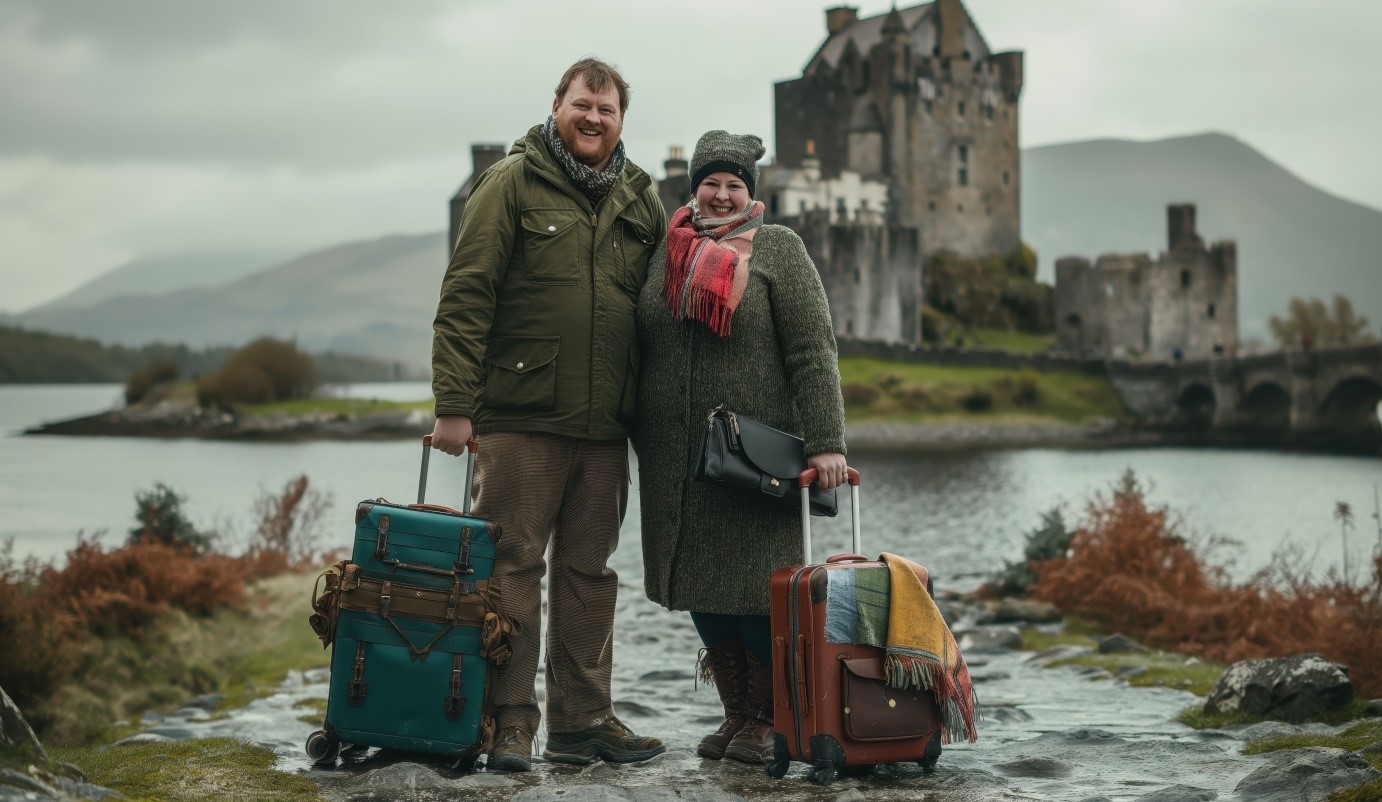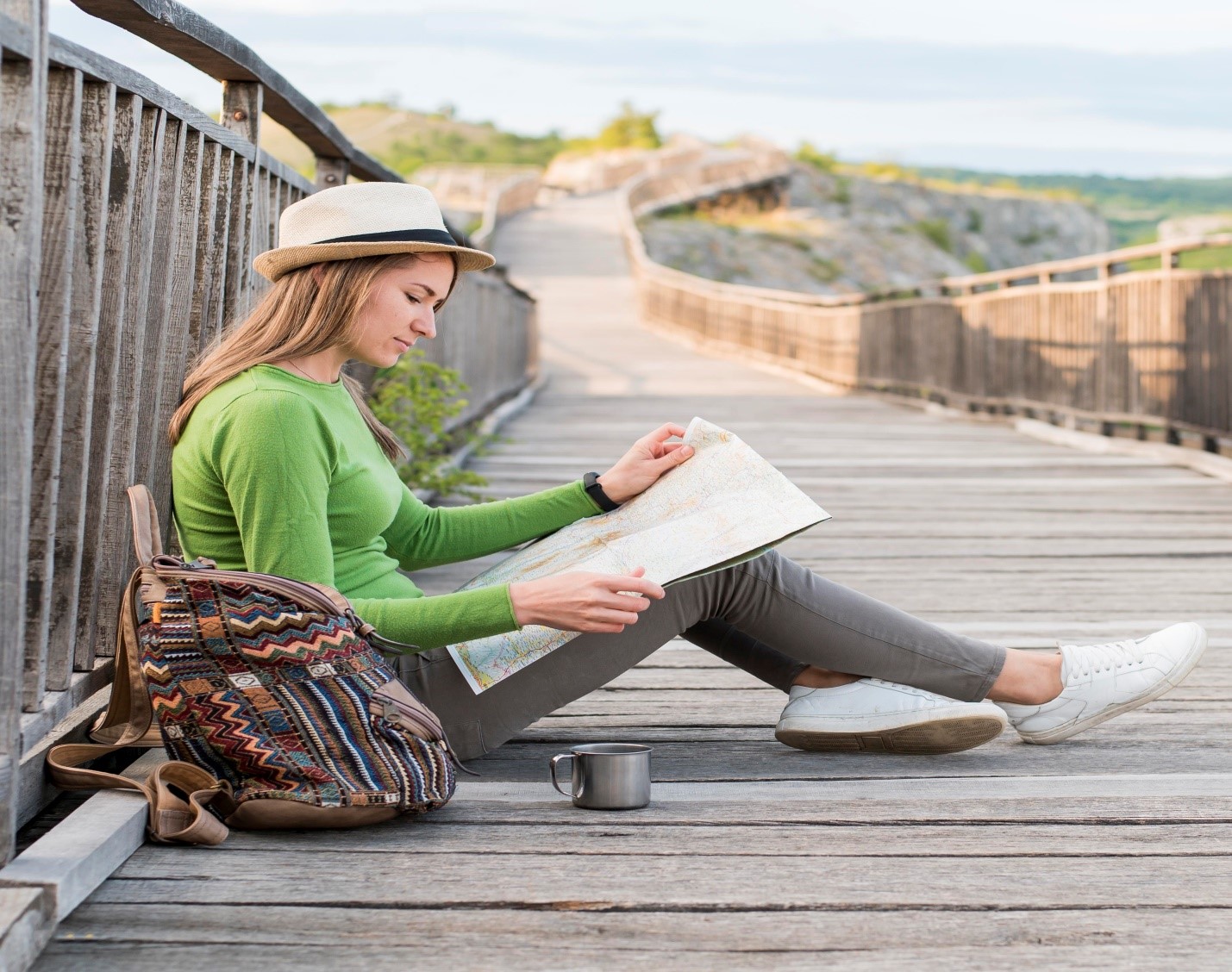Ireland Travel Planner Tips for a Perfect Irish Getaway

Ireland is more than just a place on the map. The rolling green hills, the sound of fiddles in a village pub, the sight of ancient castles standing tall against the Atlantic winds—all of it makes Ireland unforgettable. But to truly enjoy your time there, you need more than just a ticket. You need a plan.
At Perennial Escapes, we believe a trip should feel personal and stress-free. For more on creating meaningful journeys, read our blog Meaningful & Healing Travel Experiences in 2025.
Why Good Planning Matters in Ireland?
Some people think of Ireland as small, but it is full of variety. You can spend one day walking cobblestone streets in Dublin and the next standing on the Cliffs of Moher with the wind in your face. There are quiet villages, lively cities, ancient ruins, and untouched nature. If you try to see it all at once, you may miss the magic.
A clear plan helps you move at a pace that feels right. You can balance sightseeing with rest, city life with countryside, and famous spots with hidden gems. When you plan well, you also save money, avoid stress, and leave space for moments of surprise.
When to Visit Ireland?
Ireland has charm in every season, but your experience will change with the time of year.
- Spring (March–May): Flowers bloom, days grow longer, and crowds are still light, a great time for gardens, hiking, and enjoying the countryside.
- Summer (June–August): The warmest months with long daylight hours. It is also the busiest, so book early.
- Autumn (September–November): The landscapes glow with autumn colors, and the air feels crisp. Tourist numbers drop, making it easier to explore at your own pace.
- Winter (December–February): Quieter and cozier. You’ll find fewer crowds, festive Christmas markets, and warm pub gatherings. While the weather is colder, it has its own charm.
Planning around the season means you can pack right, budget well, and know what to expect.
How Long Should You Stay?
The length of your stay will shape the type of experience you have.
- 3–4 days: Best for a city-focused trip. You can explore Dublin, visit museums, enjoy nightlife, and take one or two day trips.
- 7–10 days: A balanced trip with cities and countryside. You might see Dublin, Galway, the Cliffs of Moher, and a castle or two.
- 2 weeks or more: A full Irish journey. You’ll have time for Northern Ireland, the Ring of Kerry, Connemara, and quiet rural towns where traditions feel untouched.
Think about your pace. Do you want to see as much as possible, or do you prefer slow travel where you dive deep into fewer places?
For deeper inspiration, read How to Book a Truly Custom Travel Itinerary (That You’ll Never Forget).
Where to Stay?
Where you rest shapes your experience.
- Hotels: Best for comfort, convenience, and easy access to city attractions. Dublin, Cork, and Galway have a wide range of hotels.
- Bed & Breakfasts (B&Bs): A classic Irish choice. Staying in a family home gives you local stories, homemade breakfasts, and a warm welcome.
- Castles and Manor Houses: For a once-in-a-lifetime experience, book a night in a castle hotel.
- Farm Stays and Country Inns: Perfect if you want peace, fresh air, and a closer look at rural Irish life.
- Vacation Rentals: A great choice for families or groups who want a “home base” for cooking, resting, and planning day trips.
 Getting Around Ireland
Getting Around Ireland
Ireland’s charm lies in both its cities and countryside, so how you travel matters.
- Car Rental: The most flexible option, especially if you want to visit villages, coastlines, and rural areas. Remember, driving is on the left-hand side.
- Trains: Great for traveling between major cities like Dublin, Cork, and Galway. They are comfortable and scenic.
- Buses: Budget-friendly and reliable. They connect most towns and cities, though travel may take longer than by car.
- Guided Tours: A stress-free choice if you want to see highlights without handling logistics. A travel planner can arrange day trips and private tours.
Some travelers mix trains and rental cars to balance ease with flexibility.
Packing Smart for Ireland
Ireland’s weather is famously unpredictable. Sunshine, rain, and wind can all happen in one day. To be ready, pack with layers in mind.
- Light Rain Jacket: Waterproof and easy to carry.
- Layers: T-shirts, sweaters, and a warm jacket.
- Comfortable Walking Shoes: Cobblestone streets and country paths call for sturdy footwear.
- Umbrella: Small and easy to fold, though the wind sometimes makes jackets better.
- Adapters: Ireland uses Type G plugs (same as the UK).
- Day Pack: For carrying snacks, water, and small essentials on tours.
Packing well keeps you comfortable so you can focus on enjoying the journey.
Embracing Irish Culture
An Irish getaway isn’t just about seeing places. Planning for cultural immersion makes your trip much richer.
- Music: Visit pubs with live traditional music. Don’t just listen—join in with clapping or dancing.
- Food: Try local dishes like Irish stew, soda bread, and fresh seafood from the coasts.
- Language: While English is common, some regions still use Gaelic. Learning a few words like sláinte (cheers) adds connection.
- Festivals: Plan your trip around local festivals for music, dance, and art.
- Storytelling: Ireland has a strong oral tradition; a guided tour with storytelling adds life to historic sites.
 Budgeting for Your Irish Getaway
Budgeting for Your Irish Getaway
A good plan also means setting the right budget.
- Accommodation: From budget B&Bs to luxury castles, costs vary widely. Book early for better deals.
- Food: Pub meals are affordable and hearty, while fine dining offers special treats. Mixing both works well.
- Transport: Factor in car rental, gas, tolls, or train tickets. Guided tours may seem costly, but often include multiple stops.
- Attractions: Many natural sites are free, but castles, museums, and distilleries have entry fees.
- Shopping: Budget for souvenirs like wool sweaters, Celtic jewelry, or local crafts.
Having a clear idea of spending helps you avoid stress and enjoy freely.
Tips for Stress-Free Planning
Here are a few final tips that make a big difference:
- Book Early: Especially for summer travel. Hotels and tours fill fast.
- Use a Planner: A travel planner takes care of details and builds a trip that matches your style.
- Leave Flexibility: Plan enough, but not too much. Ireland’s best moments often come from surprises.
- Stay Connected: Download offline maps and keep contacts handy.
- Respect Local Life: Be kind in villages, follow local customs, and enjoy the slower pace.
Final Thoughts
A trip to Ireland is not just about places, it’s about how you plan, how you move, and how you open yourself to the experience. From when you go to how you pack, from where you stay to how you embrace culture, every choice adds to the whole picture.
With Perennial Escapes, you don’t just plan a trip, you shape memories that last a lifetime.
If Ireland is on your heart, start planning today. The green fields, the warm people, the ancient stones, and the lively music are waiting to welcome you.

 Getting Around Ireland
Getting Around Ireland  Budgeting for Your Irish Getaway
Budgeting for Your Irish Getaway